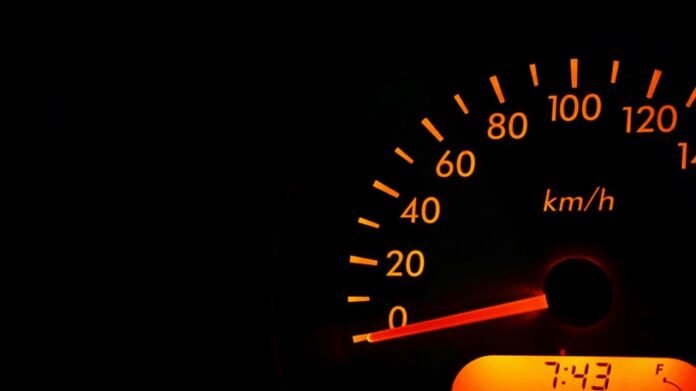Introduction:
Nowadays, when environmental issues are growing and fuel prices are high, increasing the fuel efficiency of your vehicle becomes more crucial than ever. The efficiency of airflow within the vehicle is among the most underappreciated factors improving fuel economy. From the engine to the exhaust system, effective airflow is very vital for improving fuel economy. This article investigates how airflow affects fuel efficiency and the several methods in which one may raise it.
Efficient Airflow and Improved Car’s Fuel Efficiency:
The Role of the Engine Intake System:
Air for the engine’s combustion chamber is drawn from the intake in the automobile engine. The internal combustion engine involves combining air with fuel and burning the mixture in order to produce power. And if the intake system is inadequate. The air supply to the car engine may be inadequate thus there is partial combustion of fuel. Less power output and increased fuel consumption are the effects of this.
Ensuring a clean air filter and free intake pipe obstacles will help to maximise the airflow into the engine. Engine efficiency may be raised and airflow improved with a performance air intake system including smooth, broad intake pipes and a high-flow air filter. An engine burns fuel more effectively the more air it can intake.
The Importance of Combustion Efficiency:
Fuel efficiency revolves mostly on effective combustion. If the air-fuel combination is improperly balanced, the engine can burn more fuel than required or run inefficiently, generating too much heat and pollutants. Maximising combustion depends critically on airflow into the combustion chamber along with appropriate fuel mixing.
Here is where turbocharging and variable valve timing (VVT) current technologies find use. VVT systems change the exhaust and intake valve timing to guarantee the engine gets the correct air at the correct moment. Conversely, turbochargers compress the air entering the engine, therefore enabling a more effective burn and improved fuel economy.
The Impact of the Exhaust System:
The byproducts—exhaust gases—have to leave the engine via the exhaust system once the fuel is combusted. Back Pressure resulting from an ineffective exhaust system can slow down exhaust gas discharge and lower engine efficiency.
High-flow catalytic converters and exhaust pipes combined in a well-designed exhaust system assist lower back pressure and improve fuel economy of the car. Further improving fuel economy under some driving situations is a performance exhaust system, which can also slightly amplify engine sound and offer a minor power increase.
Aerodynamic Design & Improving Fuel Efficiency:
Furthermore, the engine efficiency is important, but the total design and aerodynamics of the vehicle greatly affect the fuel consumption. Among the main causes of the fuel needed to sustain speed is air resistance, often known as drag. Reducing drag is also crucial for maximising fuel economy as the energy needed to propel the car through the air grows exponentially at greater speeds.
Spoilers, air dams, and rear diffusers are among the aerodynamic changes that can assist direct airflow around the vehicle in a more effective manner, lowering drag. Additionally helping to enhance airflow and reducing resistance are a smoother underbody, rounded edges, and lower riding height. Sometimes even little design tweaks will make a clear difference in fuel economy.
Tire Design and Rolling Resistance:
Tire design may significantly affect fuel economy even though it has nothing to do with the aerodynamics or engine airflow of the car. Higher fuel consumption results from the engine working harder to drive the car depending on the rolling resistance.
The appropriate tire pressure also guarantees that the tires are running at their most effective. Therefore lowering unneeded drag and enabling the car to have greater fuel efficiency.
Proper Maintenance is Crucial:
Maintaining regular maintenance is one of the easiest yet most efficient strategies to guarantee that the airflow of your car is best. Dirt and trash can eventually build up in the intake, exhaust, and other important systems, therefore obstructing airflow and lowering fuel economy.
Essential maintenance chores that can assist maximise airflow and increase fuel efficiency are routinely changing the air filter, cleaning the engine’s intake and exhaust systems, and making sure the tires are correctly inflated. Better combustion and smoother engine performance can result from even something as basic as using premium fuel.
Advanced Technologies for Efficient Airflow:
Younger cars include sophisticated technologies meant to maximise fuel economy and airflow as smart technology develops. These include active grille shutters, which at higher speeds reduce drag by automatically adjusting the airflow across the grille depending on speed and engine temperature. Furthermore, electric motors that avoid many of the conventional fuel-related inefficiencies connected with combustion engines are hybrid and electric cars.
Conclusion – Improve Your Car’s Fuel Efficiency:
From the engine’s intake and exhaust systems to the vehicle’s aerodynamic design, a car’s fuel economy depends critically on effective airflow. You can aid maximise combustion, lower drag, and increase general fuel efficiency by making sure air moves naturally through these systems. There are various strategies to improve airflow and maximise every tank of petrol, from routine maintenance to aerodynamic changes to changing driving techniques.


